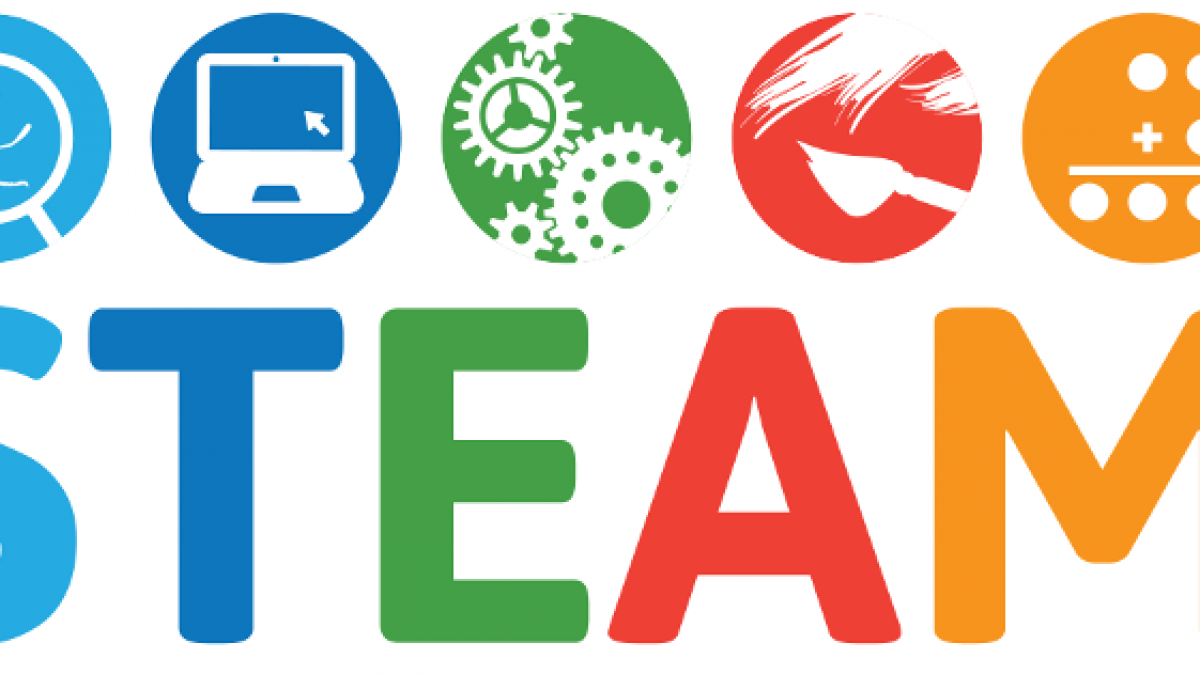STEAM Education

STEAM education
STEAM Education

STEAM stands for Science, Technology, Engineering, and Mathematics. It is an interdisciplinary approach to learning that combines these subjects to solve real-world problems.

STEAM is similar to STEM, but it also includes the Arts. The Arts are added to STEM to encourage creativity and design thinking, which are important skills for STEAM education has become an increasingly popular approach to teaching in recent years. STEAM stands for Science, Technology, Engineering, Arts, and Mathematics, and it integrates these subjects into a cohesive curriculum that emphasizes creativity, problem-solving, and hands-on learning. STEAM education is designed to prepare students for the demands of the 21st-century workforce, where skills like critical thinking, collaboration, and innovation are highly valued.

STEM education can support a child's educational path in several ways. It provides students with critical thinking and problem-solving skills, as well as the ability to work collaboratively in teams. These skills are highly valued by employers and can help students find job opportunities after graduation. STEM also encourages innovation and creativity, which can lead to the development of new products and technologies that impact society positively.

If you're a teacher or a parent who wants to incorporate more STEAM education into your classroom or daily life, here are some tips to get started:
For schools:
1. Start small: Introduce STEAM concepts gradually, and build on them as students become more comfortable with the material. You can begin by incorporating simple STEAM activities into your existing curriculum, such as building a bridge out of popsicle sticks or designing a simple circuit.
2. Collaborate with other teachers: STEAM education is multidisciplinary by nature, so it's important to work with other teachers to develop cross-curricular projects that incorporate various subjects. For example, you could work with the art teacher to create a project that combines science and design.
3. Use technology: Technology is a crucial component of STEAM education, so make sure to incorporate it into your lessons. There are many free online resources available, such as coding tutorials and virtual experiments, that can help you introduce technology to your students.
4. Emphasize creativity: One of the key benefits of STEAM education is that it encourages creativity and innovation. Encourage your students to think outside the box and come up with their own solutions to problems.
REGARDES,
GHT Team

 Sarah salem Ahmed
Sarah salem Ahmed 